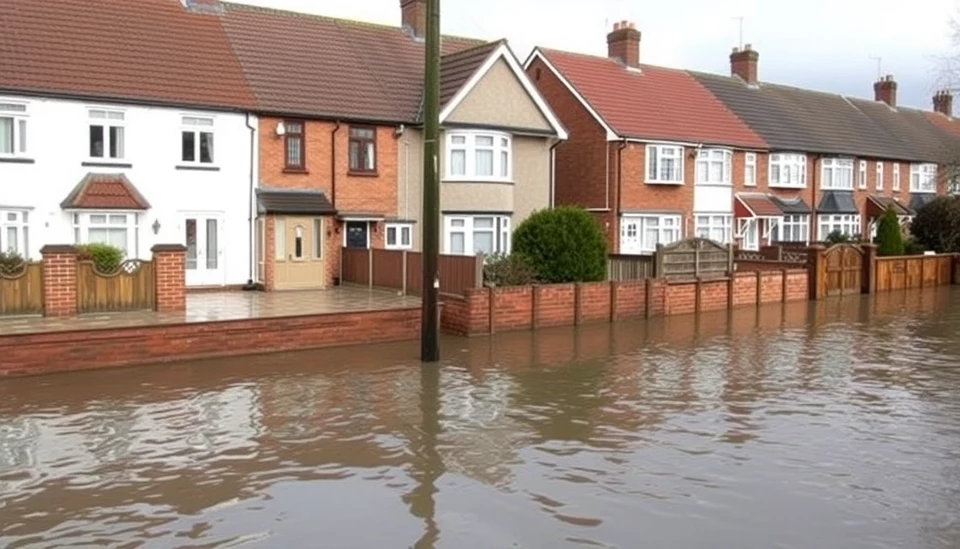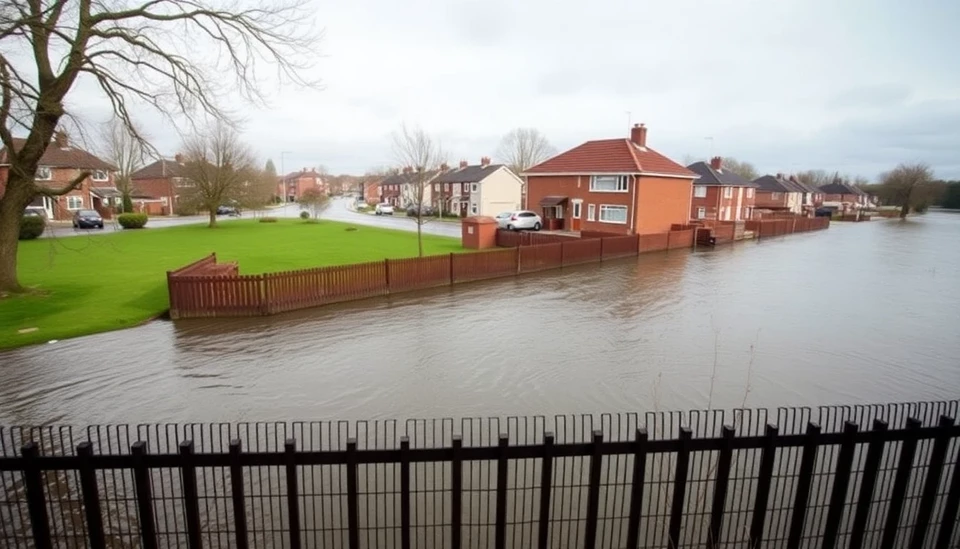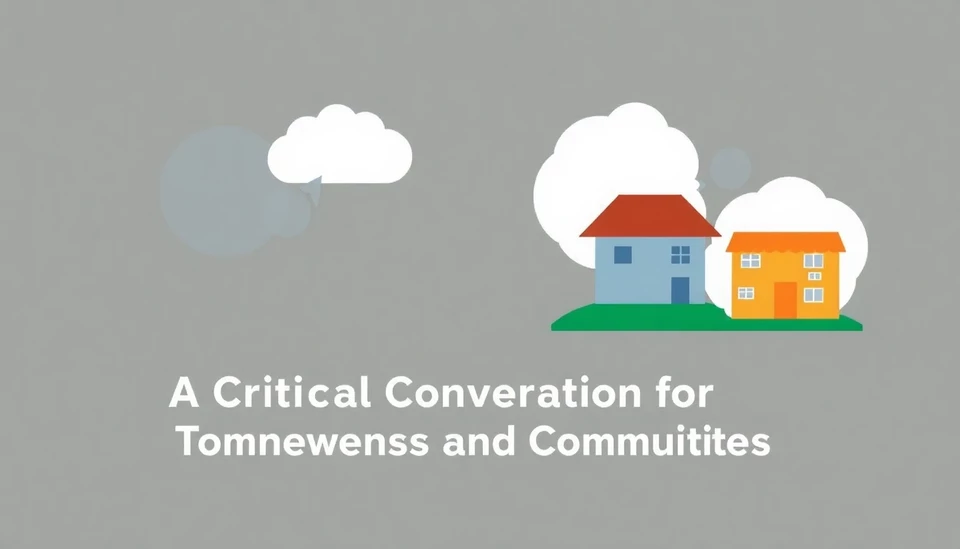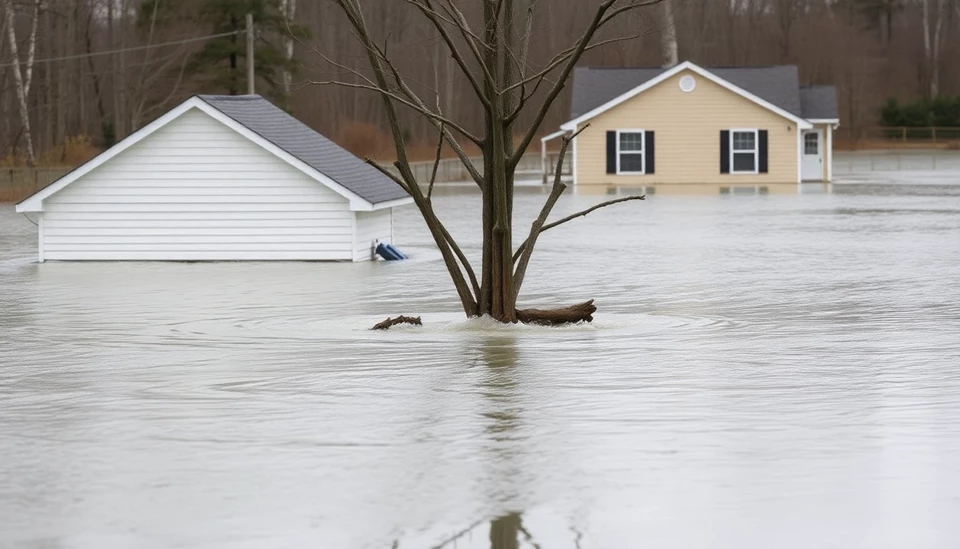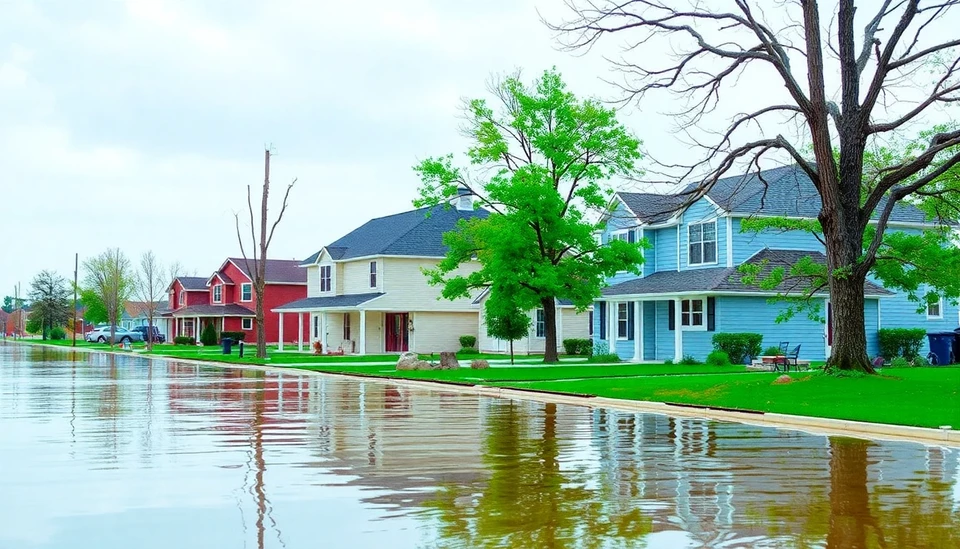
In recent discussions surrounding the future of flood insurance in the United States, the potential dissolution of the Federal Emergency Management Agency (FEMA) has sparked significant concern among stakeholders. With FEMA playing a crucial role in the National Flood Insurance Program (NFIP), the ramifications of its possible demise could have profound effects on flood insurance availability and affordability for millions of Americans.
The NFIP, managed by FEMA since its inception, has been designed to provide flood insurance to homeowners and businesses situated in flood-prone areas. However, as climatic conditions lead to an increase in the frequency and severity of floods, the financial strain on the NFIP has been immense, resulting in mounting debts and criticism of its sustainability. In recent years, this program has been heavily debated, with critics arguing that it needs significant reform to avoid governmental insolvency and ensure that it can effectively protect homeowners.
The fears surrounding FEMA's potential reduction in capacity or outright closure stem from indications that the agency may not withstand the pressures of emerging climate change costs, particularly in terms of flooding. As floods become more frequent, the NFIP has found itself borrowing heavily from the U.S. Treasury, amassing debts that have surpassed $20 billion. Without decisive action to reform this program, the financial future of many communities lies in jeopardy.
Further complicating matters is the increasing intensity of storms and floods fueled by climate change, which has led to an uptick in claims made against the NFIP. The cost of insuring such disasters has risen sharply, prompting discussions about the need to transition from a government-backed flood insurance model to a more sustainable private insurance market. However, concerns abound regarding the ability of private insurers to meet the needs of vulnerable populations, particularly in areas that are financially challenging to insure due to their high risk of flooding.
Experts believe that if FEMA were to cease its operations, there would likely be a significant gap in flood insurance coverage. Many homeowners currently enrolled in the NFIP might find themselves without adequate insurance protection, leading to increased economic vulnerability in the event of future disasters. Previous analyses indicate that removing FEMA from the equation could lead to inflated prices and a decreased willingness among private insurers to offer policies in high-risk areas, spurring a potential crisis in housing stability and resilience.
The impending shift in the flood insurance landscape is increasingly becoming a topic of critical importance among lawmakers and stakeholders across the nation. State and federal governments are being urged to act swiftly to reform the NFIP, ensuring that homeowners have access to affordable flood insurance even as climate challenges mount. Legislative changes could provide a path to a more robust system that includes mitigating risks through improved infrastructure and community resilience initiatives.
In conclusion, while FEMA's role in flood insurance has been foundational, the need for reform is glaring. Its potential demise could fundamentally alter the flood insurance landscape, impacting millions and calling for urgent action to safeguard both individuals and communities from future vulnerabilities. As the situation unfolds, vigilance and proactive measures will be critical in ensuring that America's flood insurance system remains intact and effective.
#FloodInsurance #FEMA #ClimateChange #NFIP #InsuranceReform #NaturalDisasters #CommunityResilience
Author: Megan Clarke
